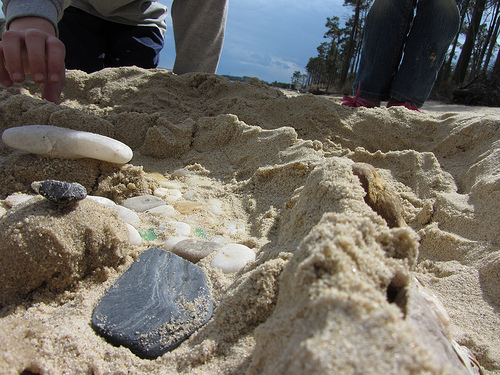Importance of Knowing Your Child’s Schema
Schema are unique patterns associated with the behaviors of a child. Upon observation, you will recognize these patterns in your child. They are regularly displayed as actions that assist the child in making sense of and developing an understanding of the world.

In some instances, a child will explore various types of behavior patterns; however, there are many that focus on only one or two behavior patterns. Regular observation will help you in identifying what schemas that your child engages in and what activities are associated with those schemas. By identifying schemas in your child, you will encourage exploration, understanding, and learning.
Observe Play Activities
The first – and possibly the most important – method of identifying schemas in your child is to observe the activities that they engage in when playing. In young babies, a distinctive behavior pattern may be as simple as grasping or sucking on objects.
In toddlers, a pattern may be lining certain toys up in a specific manner or wrapping objects. In older children, organizing toys, engaging in climbing, sorting objects by color, or even cleaning up after themselves are considered schemas.
If your child seems to display an urge to perform a certain action, they are engaging in a schema. As a parent, it is imperative to pay attention to these urges and/or activities.
The Impact of Schemas on Brain Development
According to developmental specialists, all kids are “wired” to create unique opportunities for development and the learning process. As a result of this knowledge, we now know that children will repeat certain patterns in behavior in order to develop certain neural-based pathways within the brain. In most cases, adults will find that a child seems to be unable to control these unique patterns of behavior.
While it may be frustrating to observe a child making lines of toys through the home or mixing their drink with their food, parents should avoid discouraging the activities. In doing so, it could delay learning and development. Instead, the child should be encouraged to line up toys in their room, or to mix water with sand and other items outdoors. This will allow the child to engage in appropriate behaviors that will optimize the opportunity for neural pathways to develop.

Learning Planning
According to information in the book Early Years Foundation Stage (2012), pediatric practitioners are specifically instructed to look at each child, listen to each child, and document each child’s interests. These activities aid in becoming familiar with each child – as an individual – and developing an understanding of how they perceive the world; therefore, aiding in developing strategies that will optimize how each child learns.
There are 4 unique levels in the development of a child. These are sensorimotor, symbolic representation, functional dependency, and abstract thought. All of these levels aid in the development of the unique learning style of the child. It is important to recognize schemas as a child progresses through these stages of development.
If you would like more information on schemas or would like assistance in recognizing your child’s schema,
Contact Us Today
Resources:
https://www.communityplaythings.co.uk/learning-library/articles/schemas-by-stella-louis
https://elearningindustry.com/schema-theory
http://education.stateuniversity.com/pages/2175/Learning-Theory-SCHEMA-THEORY.html







